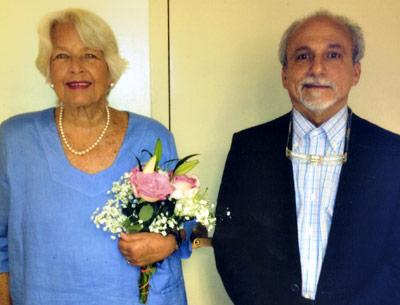Taxis, Dollars, and Ditch
Taxis, Dollars, and Ditch
On election eve an unusually small group of 18 members attended the Montauk Citizens Advisory Committee’s monthly meeting. They learned from East Hampton Town Councilman Dominick Stanzione, the committee’s town board liaison, that a taxi task force has been formed to come up with ideas for limiting the number of out-of-town cabs that infiltrate the hamlet each summer to cash in on the influx of seasonal visitors.
Mr. Stanzione told those gathered that the task force has five members but would like more people to join. “If anyone else feels they can be potentially productive, I’d welcome their help in shaping enforcement so we can be more effective,” he said.
The town’s nature preserve committee is seeking new members, too, specifically from Montauk. The hamlet is as yet unrepresented on the committee, which helps protect preserves and other land, decipher state laws, and manage wildlife, hunting, and invasive species.
Members on Tuesday also discussed obtaining money for the protection of Ditch Plain Beach. John Chimples, a committee member, said that he walked the beach recently with two coastal engineers who told him that the beach there is the obvious place to replenish sand because it would feed the rest of the area.
Mr. Stanzione said that the town would be looking to add $500,000 to next year’s budget proposal exclusively for sand at Ditch Plain. “Once that happens we set a precedent,” he said.
One member, Paul Monte of Gurney’s Inn, said that recent media reports claim there is surplus money for Hurricane Sandy projects and wondered if any of it could be used for Ditch. Mr. Stanzione said the town is exploring all financial options.
Regarding the recent notion of using the community preservation fund for beach replenishment, one member of the audience reported that Assemblyman Fred W. Thiele Jr. had said it was highly unlikely that the C.P.F. could be used for anything other than land preservation.
Use of the fund is being investigated, Mr. Stanzione said. “If we could use the fund to improve the beach, that would be beneficial. But the capital budget fund will probably be our financial tool,” he said.



